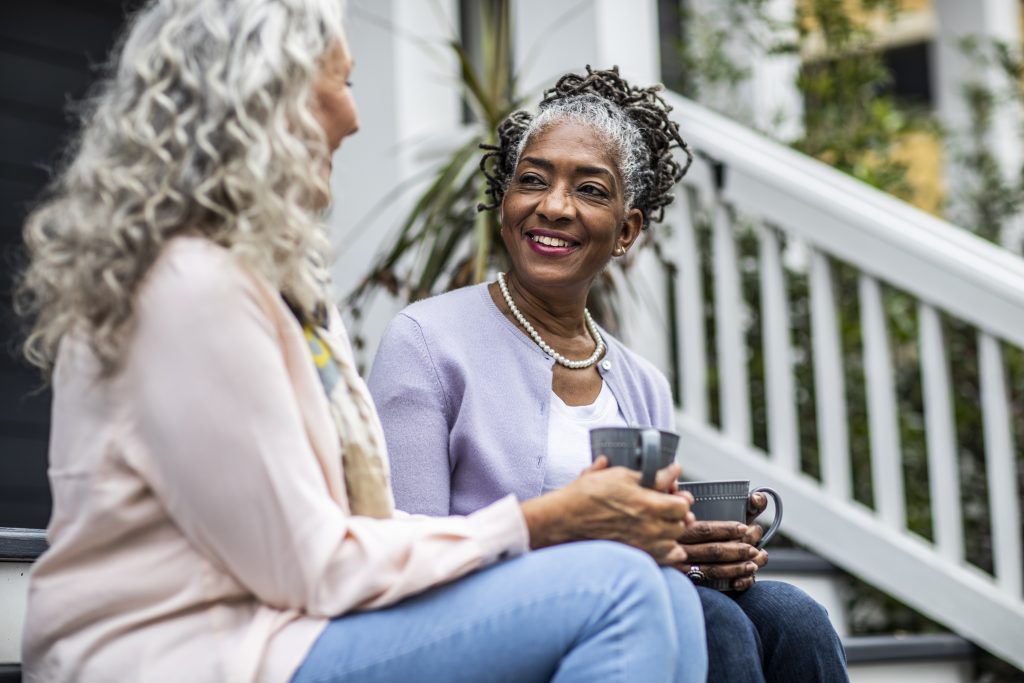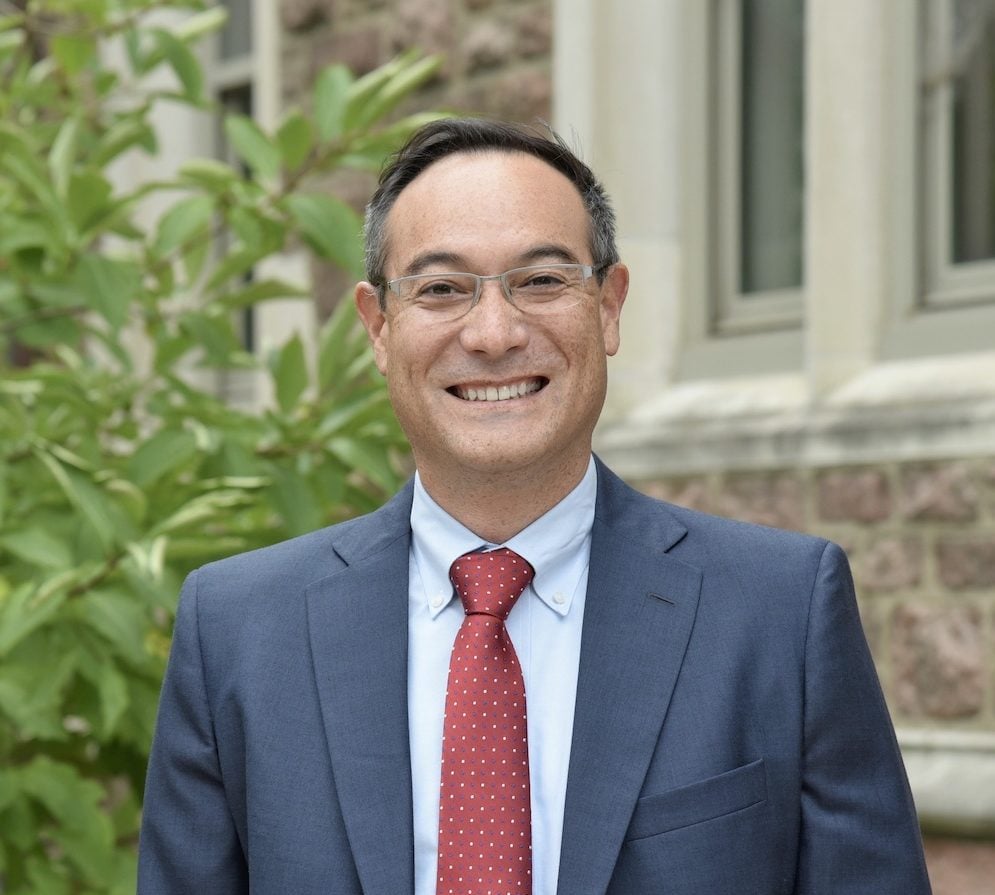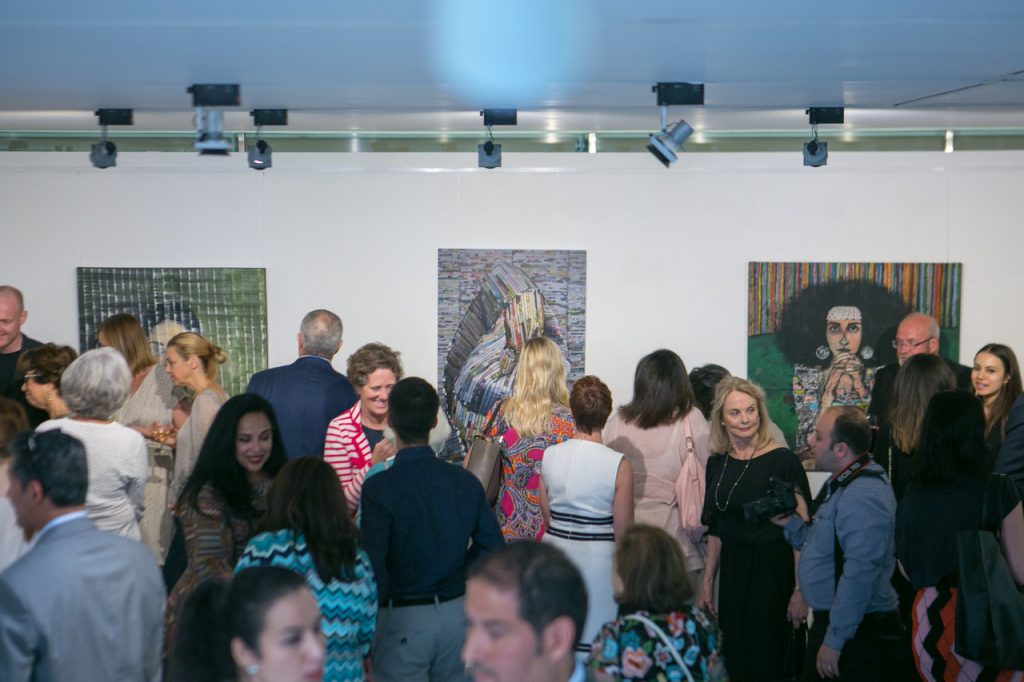Pride in Jerusalem: In Celebration of LGBTQ People of Faith
June 30, 2022
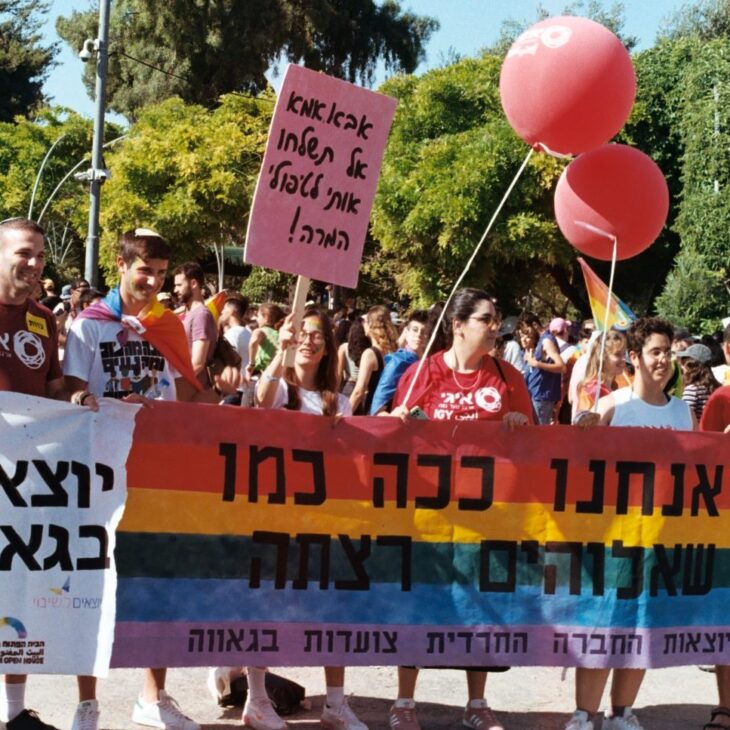
One way to define pride is as “consciousness of one’s own dignity.” In whatever spaces we exist, we LGBTQ people use our presence and visibility to assert dignity in a world that does not always embrace us. During Pride month, in particular, we celebrate that we have fought hard for something, as we also march to attest that there is still much to achieve. At Pride parades, like at houses of worship, individuals congregate to join a corporate movement larger than ourselves.
Faith is not unlike pride in this sense. Faith can be defined as “trust or confidence in something that will happen, spiritually discerned rather than through proof alone.” Faith, like queer pride, is something of a protest. It is a protest against apathy and hopelessness. Faith asks us to bring our individuality, to join together with others into something larger than ourselves, to stand together. Faith — religious or not — is an attestation that, in spite of status quos, injustice, and hatred, a better world may still yet be transformed.
In religious communities around the world, many LGBTQ people have endured marginalization, social ostracization, and psychological harm throughout the years. At the same time, faith and religious community often also elevate, empower, and affirm the lives and struggles of queer people. Because of this complicated relationship between faith and pride, I am always in awe of people who make public commitments to both. I always get the most excited to cheer for faith groups when I see them at pride parades.
Generally held in June, these parades are long, hot, and tiring days. Afterwards, you only want to take a really long nap. But I always find a well of energy and joy when I encounter LGBTQ people of faith at Pride, folks who come together as a corporate body to celebrate and protest.
This June marked the twentieth annual March for Pride and Tolerance in Jerusalem, Israel, and I was fortunate to attend. Jerusalem, alongside being a city at the heart of religious conflict, is a conservative and traditional place. Though it is only 70km from Tel Aviv, which is known as one of the most queer-friendly cities–Jerusalem is a totally different ballgame. This is not a Pride of corporate sponsorships or gimmicks. It is not a street party–though there is no doubt room for fun and camaraderie. Jerusalem Pride is a protest.
In Jerusalem, it can be dangerous to be openly gay. Trans and gender-nonconforming people have even less visibility and support. Hate crimes and harassment occur often. Queer people sometimes leave Jerusalem to lead lives elsewhere. Yet many do not have the luxury to leave, and some stay by choice. So, they march.
The first march in Jerusalem was held in 2002. Since then, it has always been met with protests and threats from members of different religious communities. In 2005, there was a stabbing attack at the march, one that led to injuries but thankfully no fatalities. The attack’s perpetrator was released from jail in 2015, and the same year returned to the Pride March, this time injuring six and killing one: 16-year-old Shira Banki, who has since become a symbol of the movement. Since the attack and the annual dissemination of threats for violence or even “holy war,” the numbers in attendance at the parade have unfortunately declined, even as visibility improves elsewhere in the world.
This year, about 7,000 people marched on one incredibly hot June day. The Jerusalem police responded to at least 180 credible threats of violence against LGBTQ protestors. After hearing news about threats against the parade, I initially hesitated to go. But I knew of the power of this event as a show of solidarity, a celebration of human dignity, and a protest against attitudes and actions which continue to make life difficult from queer and trans people in Jerusalem, and also all around the world. I nonetheless went.
At the march, one immediately notices the power of thousands of visibly religious and openly queer individuals congregating in one place. Judaism (in its orthodox expression), like Islam or Sikhism, is a faith that involves specific garments such as kippot, tzitziyot, or headscarves. Because of this, those who choose to attend and come in the dress of their religious commitment, make an outward demonstration of pride in their identities. Queer pride is similar, in that it can be outwardly and visibly expressed. People bring rainbow flags, posters, shirts with slogans. Others dress in gender-non-conforming clothing and makeup. These all represent queer and trans dignity, identity, and self-expression. The message is clear: Pride in Jerusalem, though made up of unique individuals, is an embodied communal celebration of both pride in religious commitment and in queer identity. Just by showing up, being out, and embodying identities which often make them targets for violence, people protested by existing.
Some signs had bold and obvious messages. Some protestors went all-out with their outfits and makeup. Others quietly marched alongside in plain clothes. There were people from all ages and walks of life. Orthodox Jewish parents and grandparents offered “free Mom/Dad hugs” to the many young people present, some of whom came from families who had no doubt turned their back on them. Others still marched with signs featuring Talmudic quotes about solidarity and tolerance. Expressions of support from Christian and Muslim scriptures were also present in the crowd. Many different languages were spoken by those in attendance. The parade was made up of individuals, among whom, many no doubt disagreed about many different things. No doubt they held different worldviews and political stances. Yet in that moment, unity was pursued; unity in order to make a clear message: a celebration of LGBTQ people. It was a celebration of how so many humans had found a way to maintain their faith observances, while also affirming in full confidence who their Creator had made them — or their loved ones — to be.
I hope that as time goes on, more and more queer people of all the faiths in this land can be empowered, safe, and affirmed. I hope that religious communities will continue to strengthen resources and support systems. I hope that, through this celebration of life, dignity, and love, those who hate and wish violence may see their hearts transformed. Until then, I hope that the march and the queer rights movement continues. I know that I’ll be back next year, in Jerusalem.
Share
Related Articles
American Civic Life
Faith Based Efforts Work in Vaccine Uptake: Now Let’s Make it Easy
American Civic Life
American Civic Life
We Commemorate, We Commit: Out of Catastrophe, a Conversation on Connection and Repair
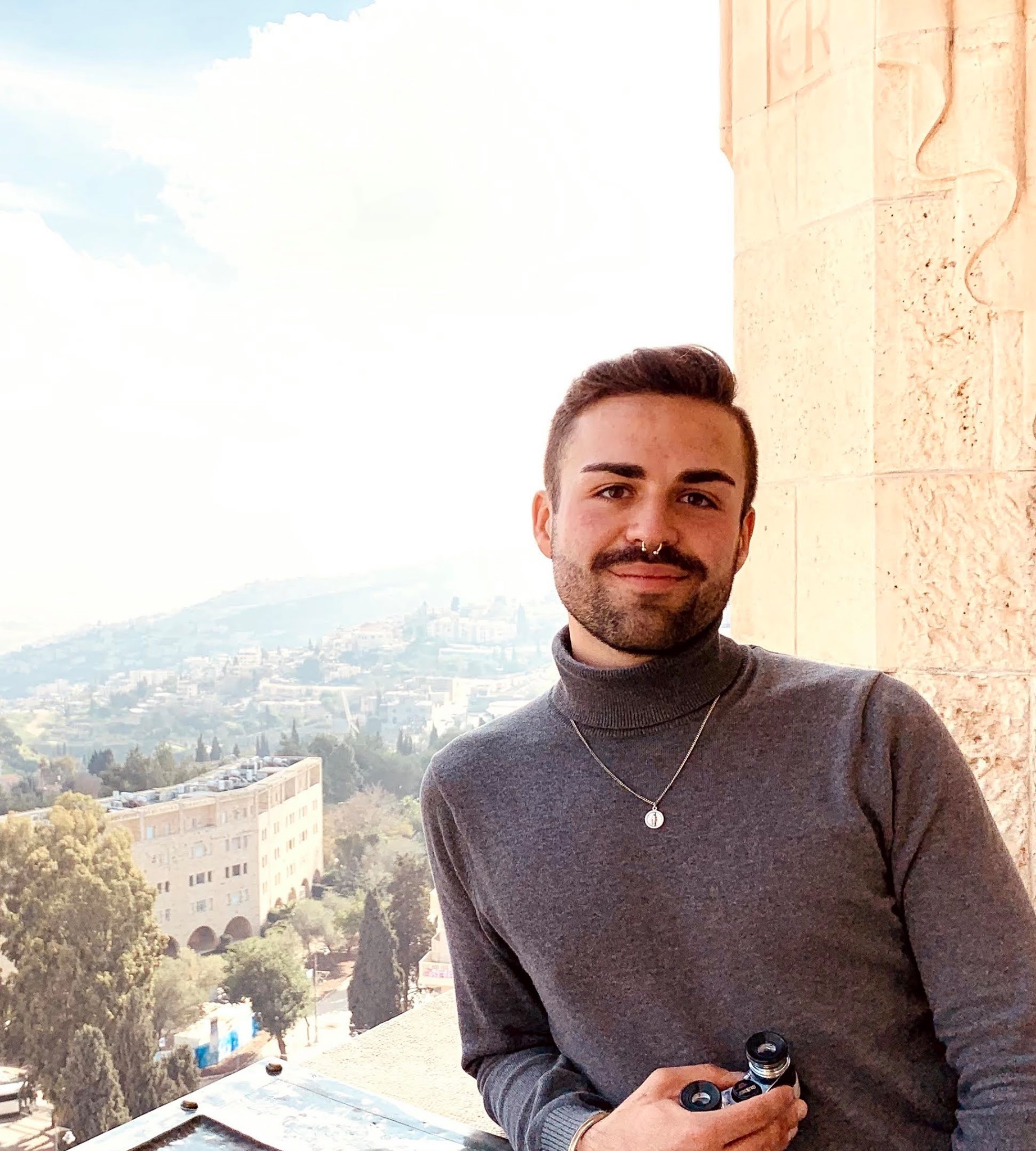
Kyle Desrosiers
Kyle Desrosiers is an Interfaith America Emerging Leader. He was an active member and in leadership at Baylor University’s interfaith group, Better Together BU, and a Fulbright scholar pursuing a graduate degree in Conflict Resolution and Mediation at Tel Aviv University.

